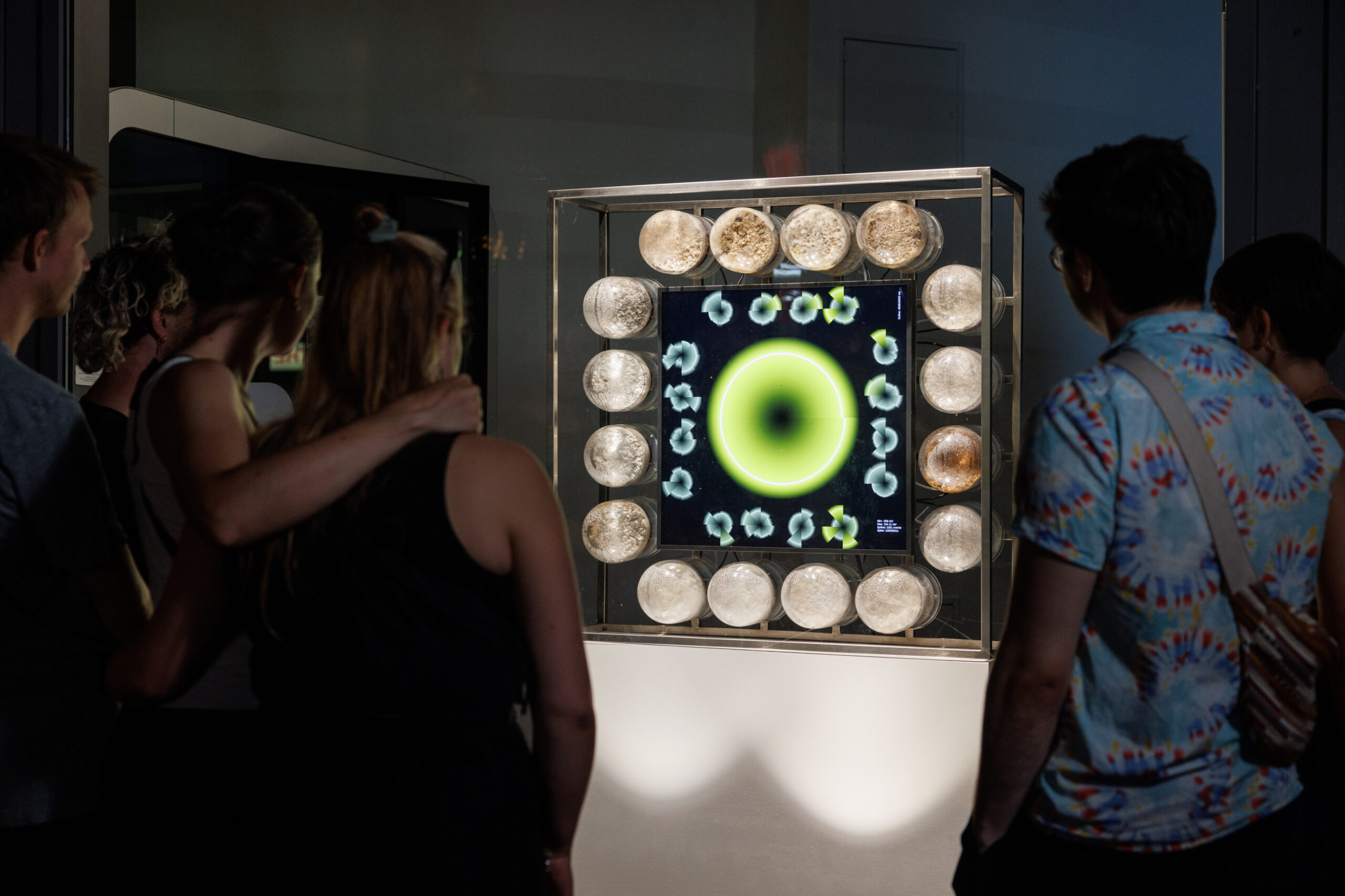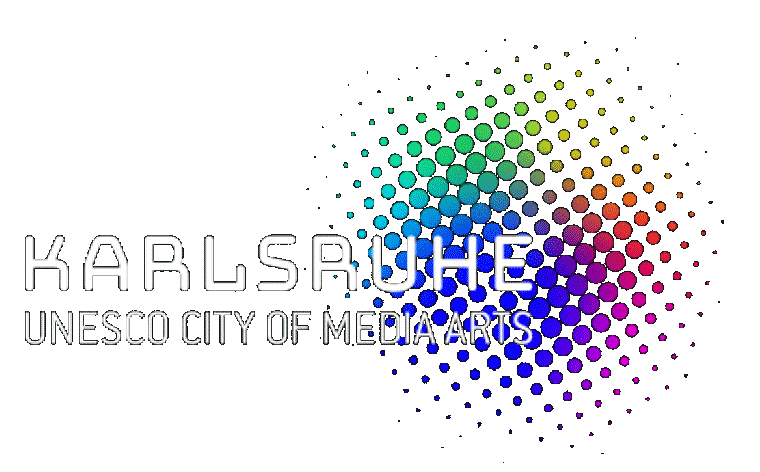What is Media Art for Us?

Media Art: A Definition
Until the end of the twentieth century media were divided into “old” media, such as photography and film, and “new” media, such as video and the computer. The predominant conception was indebted to Marshall McLuhan’s 1964 definition in his book Understanding Media: The Extensions of Man, where he defined media as “any extension of ourselves.” This definition stands in a long tradition; from Ernst Kapp (Die Organprojektion, 1877) to Sigmund Freud (Civilization and Its Discontents, 1930). The wheel, for example, is the extension of the leg, microscopes and telescopes are extensions of the eye, and the computer is the extension of the nervous system, to quote John von Neumann in his book The Computer and the Brain (1958).
New disciplines that emerged in the second half of the twentieth century, such as automata studies, cybernetics, information and communication technologies, and artificial intelligence, gradually expanded the definition of media. Today we define Media Art as an art form that must fulfill one of three conditions: apparatus-based production, apparatus-based distribution, and apparatus-based reception. Newspapers and photos are produced with printing machines and cameras, but you can still see the results of these processes with the naked eye. Even manuscripts are written with a machine, the typewriter. And music is played by a gramophone, tape recorder, or record player. This is why the title of the book by media theorist Friedrich Kittler is Gramophone, Film, Typewriter (1999, German original 1986). In all these cases works were produced with machines, instruments, and apparatuses, recorded and then reproduced. At this point we enter the field of distribution and storage. Radio and television are clearly examples of apparatus-based production, distribution, and reception. Video and film need technical apparatuses for reception by viewers, the monitor and the film projector. Film and video are tied to a locality, their works are not distributed using machines as is the case with radio and television. Today, with the Internet, we have computers for the production of information and for its distribution, and we have again computers, mobile phones, and other devices for receiving information. Today we are living in a closed loop of apparatus-based production, circulation, and reception of information that is supported and sustained by technical devices. Media have become an information environment.
Storage technologies and recording technologies play an important role in characterizing the three conditions mentioned above. They represent a fourth condition, because the technological characteristics of storage define the options and possibilities of media. In photography the information is stored chemically, also in films shot on conventional film stock. This recorded information cannot be changed, only erased. Magnetically stored information on audiotape and videotape can be manipulated. In this way electromagnetic and electronic storage opened the way to freedom of choice. Electronically stored information can be changed. The image becomes a set of variables, the value of which can be defined by the programmer. Thus computer images and computer graphics introduced and interposed interfaces between humans and machines. The graphical user interface delivered a new model of human–machine communication. The field of interfaces was extended, for example, to sensors, which collect information from the environment and transmit it to other devices.
The break with traditional carrier media came about in the second half of the twentieth century when magnetic and electronic recording and projection media appeared. The computer unites calculator, typewriter, time machine, image machine, and sound machine. The apparatus-based arts converged in a universal machine.
With the computer the content of previous media, for example, words, images, and sounds, transformed into data. Media today have become a universal language, a universal medium of data production, distribution, exchange, storage, and reception. Assisted by sensors and interfaces as receptors and effectors, and supported by algorithms and artificial intelligence as steering and governing principles, media today have become an expert system that is built on electronic devices and the administration of data.
Technology is not only a vehicle but also a phenomenon with vast transformative power, which gives rise to paradigmatic changes in science, governance, health care, fiscal systems, infrastructure, agriculture, reproductive genetics, telecommunication, and so on. Thus this transformative power, related to any social, scientific, or purely artistic issue, defines Media Art and distinguishes it from other art forms.
Media Art doesn’t necessarily take the form of an object, installation, or artifact. Its elusive character is based on the ephemeral and entirely immaterial medium it uses. For example, Media Art can be software-based and only accessible on computer screens; material presence does not define the ontological status of a piece of Media Art. Therefore, it is legitimate to speak of the art of programming, the art of coding, algorithmic art, and so on.
Media Art is activism, when it criticizes, for example, the lack of transparency in policymaking or mistreatment of minority groups in relation to and by the means of technology, with the aim of influencing public opinion and possible legislation.
Media Art is performative. It is participatory and interactive. Without viewers’ actions, which set the artwork in motion, the artwork would not exist. Media Art needs to be activated by the viewer. Therefore, with this art form we no longer refer to the viewer, observer, or spectator, we speak of the user. Media Art is user art. The user, the former onlooker, is the raison d’être of the media artwork. Without the user, the media artwork does not exist. It is only through the participation of the user and the interaction between user and artwork that the artwork comes into existence. This physical interaction changes the ontological status of art radically. As mentioned above, in electronic media the information is stored virtually, and thus the image becomes a field of variables. But then – after the virtuality of the storage and variability of the content – we realize and experience that the electronic or digital artwork exhibits behavior that is different. It behaves like a living organism. Therefore, we can speak of the viability of the behavior of the Media artwork. With this new distinction between conventional artworks and media artworks, we enter the phase of digital art, augmented, virtual or mixed reality, and the field of BioArt.
Media Art is thus socially engaged – mapping constantly the impact of technology on societies, pointing out already existing technology-driven scenarios, or suggesting fictional ones, which are already contributing to social change or may do so in the future.
Media Art is not bound up with any particular medium or media in the era of “the post-media condition” (Weibel, 2006), where “no single medium is dominant any longer; instead, all of the different media influence and determine each other.” Media Art today is universal.





